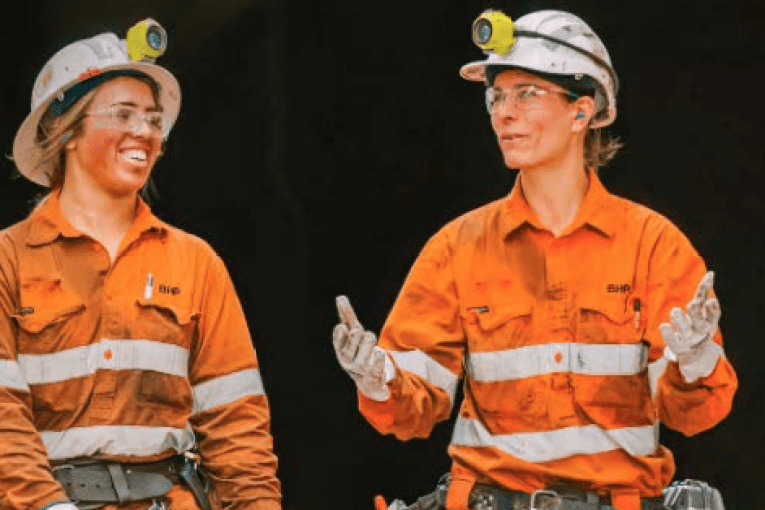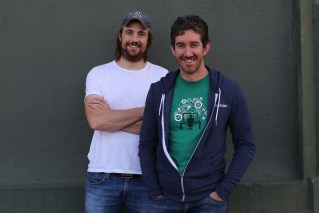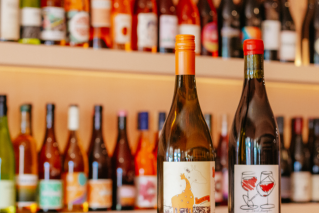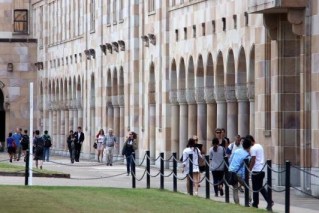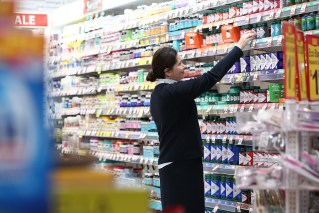Business calls for government action as interest rates bite
Australia’s economic growth slowed significantly in the three months to March recording just 0.2 per cent, according to the Australian Bureau of Statisitcs.


Discretionary spending is drying up, according to the ABS
That represented a fall from 0.6 per cent in the previous quarter and meant 12-month growth was 2.3 per cent, but it was also the sixth straight rise in quarterly GDP and the slowest growth since the Covid-19 Delta lockdowns in the September quarter, 2021.
It was below market expectations and some economists and business groups were quick to point out how bad some elements of the economy had become, particularly labour costs which had grown at the fastest rate since the 1990s, excluding the Covid era.
Indeed, population growth was picked out as one area that was keeping the economy ticking.
Master Builders said Australia could not count on the ever-increasing interest rates to right the course of the economy.
“Governments must lift the handbrake on the building and construction industry by bringing down the cost of doing business and addressing supply-side barriers,” acting chief executive Shaun Schmitke said.
IFM Investors economist Alex Joiner said the slowdown in growth meant that the June quarter growth needed to be 0.25 per cent to hit the RBA’s 1.7 per cent forecast for June 2023, which would mean the economy picking up while being battered by increasing rates.
“More concerning for it was that unit labour costs accelerated again, pushing against that disinflation the RBA is trying to achieve,” he said.
“Households are bearing the brunt of the economic growth slowdown. Real spending decelerated markedly as household disposable incomes came under pressure from increased interest and income tax payments. The savings ratio declined to the lowest level since 2008.”
“Per capita GDP growth was negative in the quarter at just 0.3 per cent year-on-year. Productivity was weak, declining 0.2 per cent quarter-on-quarter. This saw unit labour costs accelerate by 2 per cent to 7.8 per cent year-on-year.
“The RBA assert that this is not consistent with sustainable disinflation that would support inflation returning to target in a reasonable time frame and it therefore keeps upward pressure on policy settings. This in turn brings downside risks to economic growth in coming quarters and upside risks to unemployment.”
Warren Hogan pointed out that discretionary consumption was down 1 per cent in the first quarter. Essential consumption up 1.1 per cent, likely boosted by strong population growth.
Spending on essential goods and services were the main contributors to the rise in household spending, while discretionary categories such as furnishing and household equipment, purchase of vehicles and other goods and services all detracted from growth.
